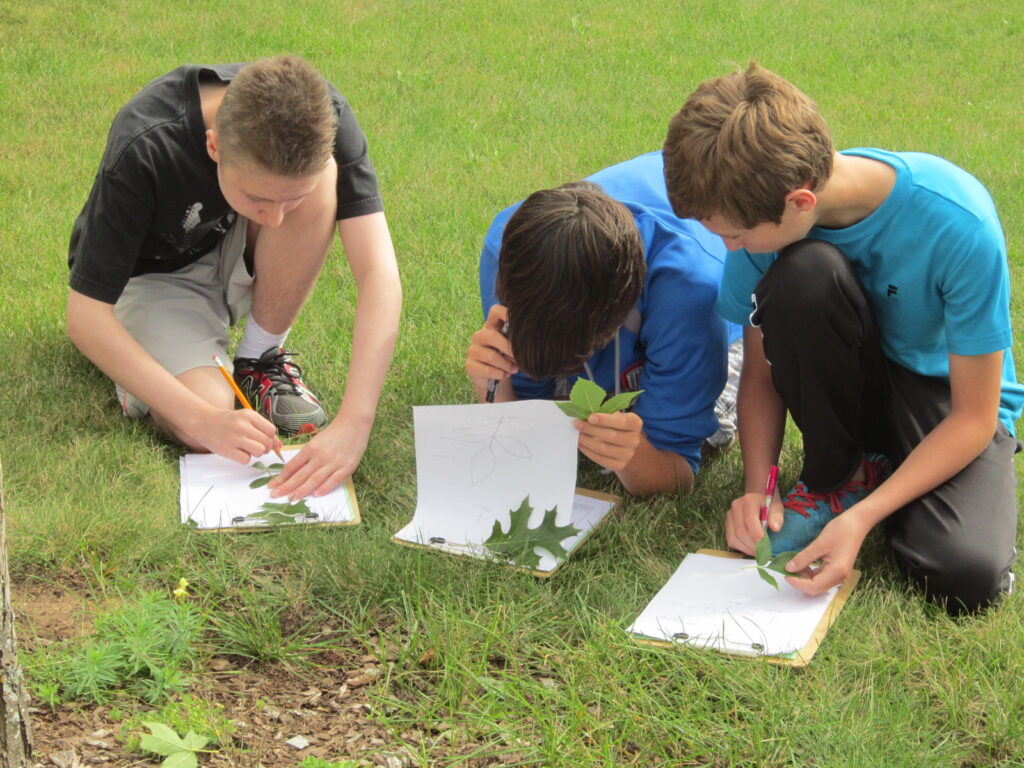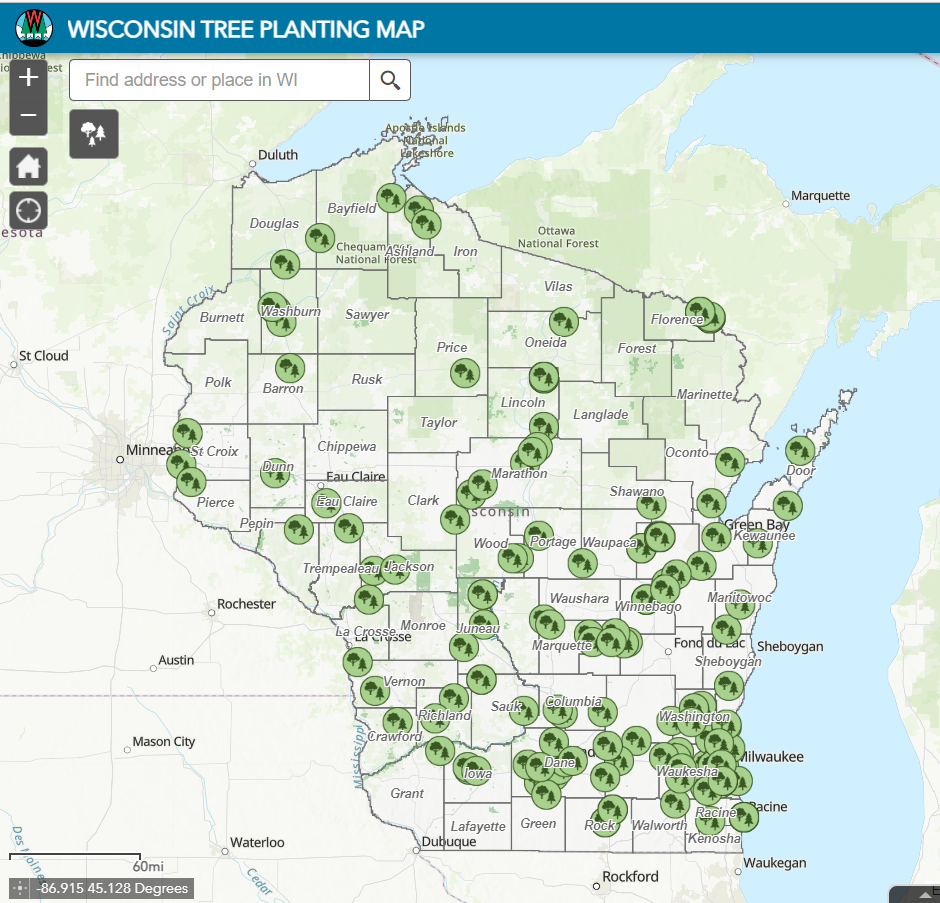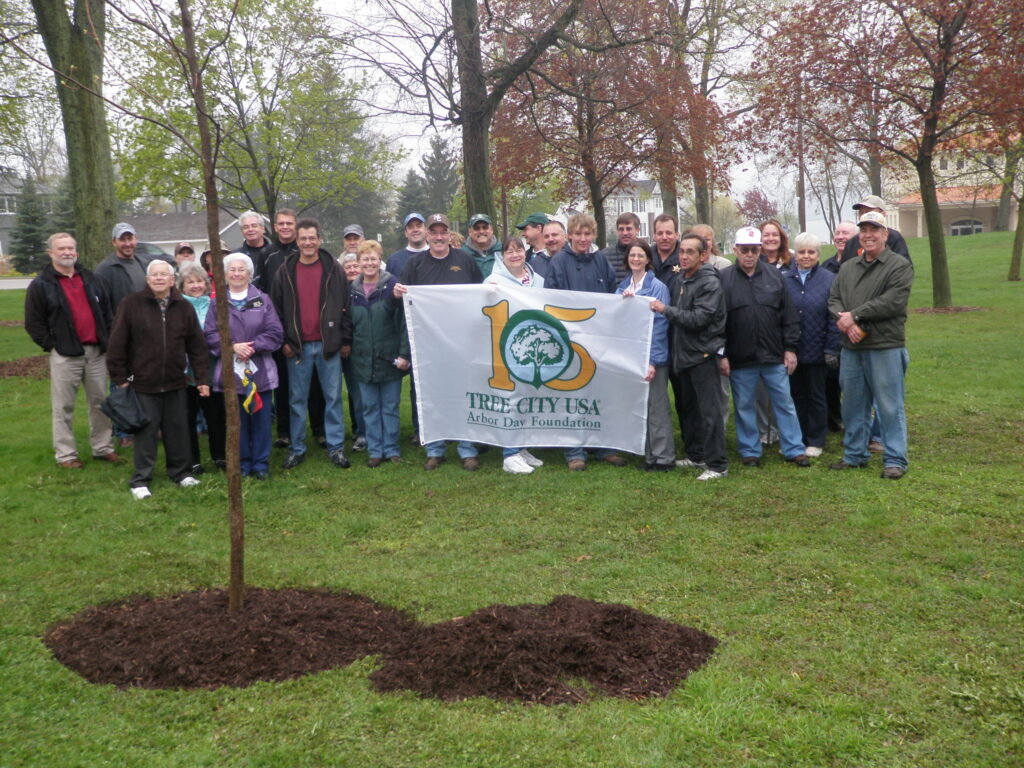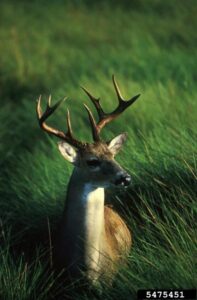By Randy Reeg, former City Administrator, Mauston
 The city of Mauston (Juneau County, Wisconsin) is a small rural city of just under 4,500 people, situated along the I-90/94 corridor in central Wisconsin. Despite having a highly successful local manufacturing economy, a regional medical center and being situated in heavily trafficked regional tourist destination area, Mauston and Juneau County both have lower than average incomes and high levels of poverty. The region is one of Wisconsin’s rural food deserts, and the local food pantry, the Community Sharing Pantry, plays a crucial role in fighting local hunger.
The city of Mauston (Juneau County, Wisconsin) is a small rural city of just under 4,500 people, situated along the I-90/94 corridor in central Wisconsin. Despite having a highly successful local manufacturing economy, a regional medical center and being situated in heavily trafficked regional tourist destination area, Mauston and Juneau County both have lower than average incomes and high levels of poverty. The region is one of Wisconsin’s rural food deserts, and the local food pantry, the Community Sharing Pantry, plays a crucial role in fighting local hunger.
The city of Mauston has seven public parks, and like in most other communities, the amenities, popularity and usage of each park differs greatly. Marachowsky’s Park is an approximately 2-acre mini park located on the city’s west side. It had historically contained a youth baseball field, a picnic shelter, playground equipment and public restrooms. Following the summer of 2019, Mauston’s Summer Recreation Director at the time advocated for the relocation of the youth baseball field to a different park for logistical purposes, including the muddy and mosquito-ridden conditions. The Parks & Recreation Board and City Council both agreed, and by summer of 2020, youth baseball was no longer an activity at Marachowsky’s Park.
Continue reading “From Decaying Park To A Vision For Tomorrow: The Story Of Mauston’s Living Food Pantry” →

 DNR Urban Forestry welcomes Jenn Janness to the team. She will be focusing on urban forestry outreach and supporting the
DNR Urban Forestry welcomes Jenn Janness to the team. She will be focusing on urban forestry outreach and supporting the 
 Autumn is a great time to plant trees. After the trees go in the ground, please take a few minutes to document the effort in the
Autumn is a great time to plant trees. After the trees go in the ground, please take a few minutes to document the effort in the  The application portal for Tree City USA is
The application portal for Tree City USA is  The city of Mauston (Juneau County, Wisconsin) is a small rural city of just under 4,500 people, situated along the I-90/94 corridor in central Wisconsin. Despite having a highly successful local manufacturing economy, a regional medical center and being situated in heavily trafficked regional tourist destination area, Mauston and Juneau County both have lower than average incomes and high levels of poverty. The region is one of Wisconsin’s rural food deserts, and the local food pantry, the Community Sharing Pantry, plays a crucial role in fighting local hunger.
The city of Mauston (Juneau County, Wisconsin) is a small rural city of just under 4,500 people, situated along the I-90/94 corridor in central Wisconsin. Despite having a highly successful local manufacturing economy, a regional medical center and being situated in heavily trafficked regional tourist destination area, Mauston and Juneau County both have lower than average incomes and high levels of poverty. The region is one of Wisconsin’s rural food deserts, and the local food pantry, the Community Sharing Pantry, plays a crucial role in fighting local hunger.